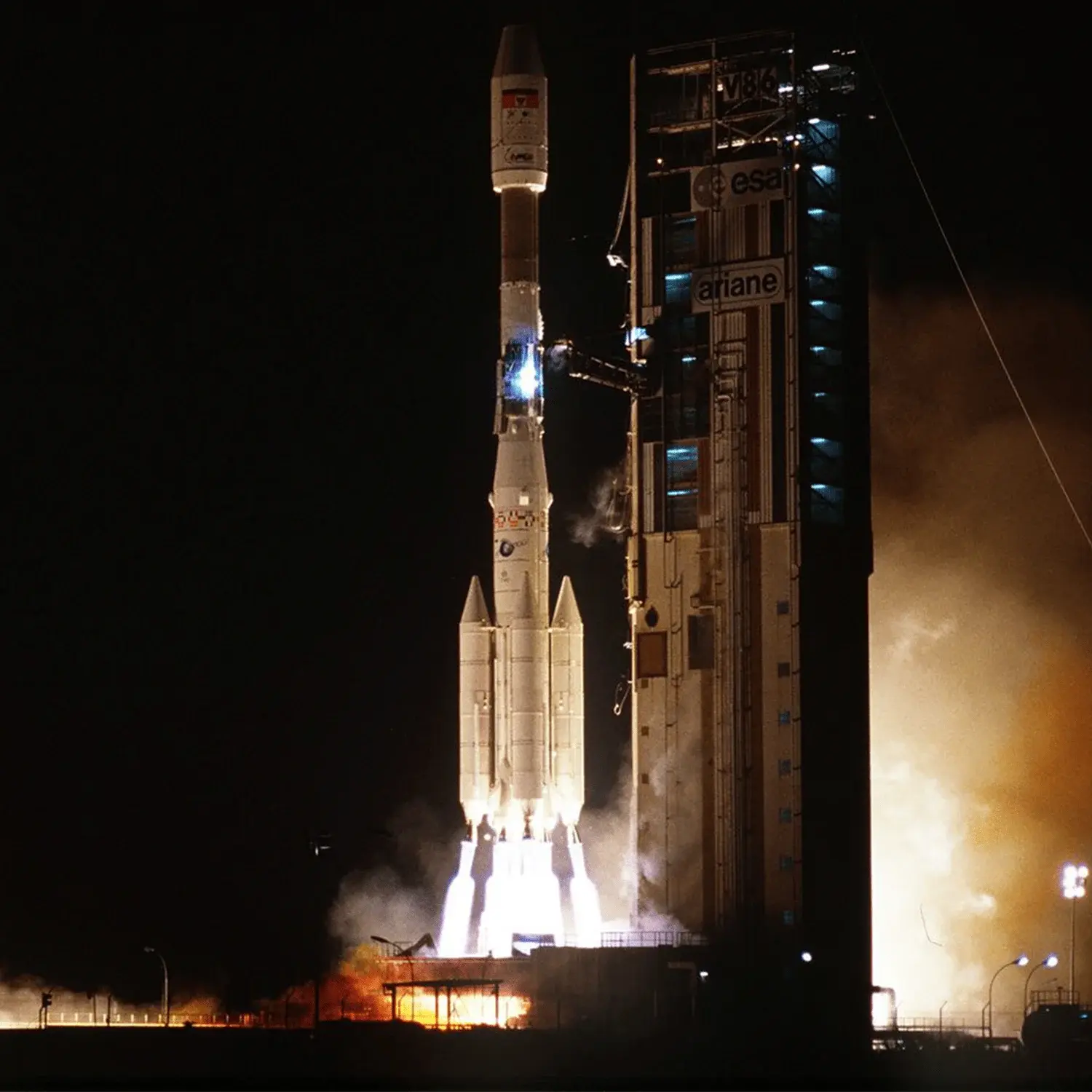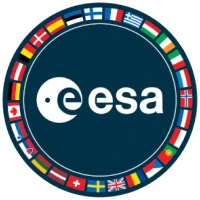Intelsat 6AF2
Launch Success
Liftoff Time (GMT)
23:05:00
Friday October 27, 1989
Mission Details
Launch Notes
Flight V34.
Intelsat 6AF2
As communications between countries continue to grow, so does the need for increasingly complex satellite systems. To meet that need, the International Telecommunications Satellite Organization (INTELSAT) signed a contract with Hughes Aircraft Company, known later as Hughes Space and Communications Company in 1982 for the most sophisticated commercial communications satellite program ever undertaken. The resulting spacecraft were, at the time, the most complex and most massive ever built. A team of top international electronics and aerospace firms joined Hughes in designing and building the Intelsat VI. These firms are British Aerospace in England, Spar Aerospace Ltd. and COM DEV in Canada, Thomson Tubes Electroniques and Alcatel Espace in France, Alenia Spazio in Italy, NEC in Japan, and MBB Dasa and AEG-Telefunken in Germany. Using sophisticated digital modulation techniques, each Intelsat VI spacecraft can carry the equivalent of 120,000 two-way telephone calls, as well as three television channels. Each satellite contains 48 transponders, 38 operating over the C-band portion of the frequency spectrum and 10 in the Ku-band. The transponders are interconnectable using either static switch matrices or a network that provides satellite-switched time division multiple access capabilities, a major new technology sponsored by INTELSAT. The heart of the system is a microwave switch that hops among six coverage regions, with connection times as short as 4 microseconds per burst. This feature greatly enhances the channel-to-channel interconnectivity between the users.
Geostationary Transfer Orbit
1 Payload
4,200 kilograms
Rocket


Manufacturer
ESARocket
Diameter: 3.8m
Height: 58.72m
Payload to Orbit
GTO: 4,720 kg
Liftoff Thrust
6,000 Kilonewtons
Stages
3
Strap-ons
4
Launch Site
Stats
Ariane 4
6th
Mission
4th
Mission of 1989
European Space Agency
25th
Mission
7th
Mission of 1989
1989
88th
Orbital launch attempt